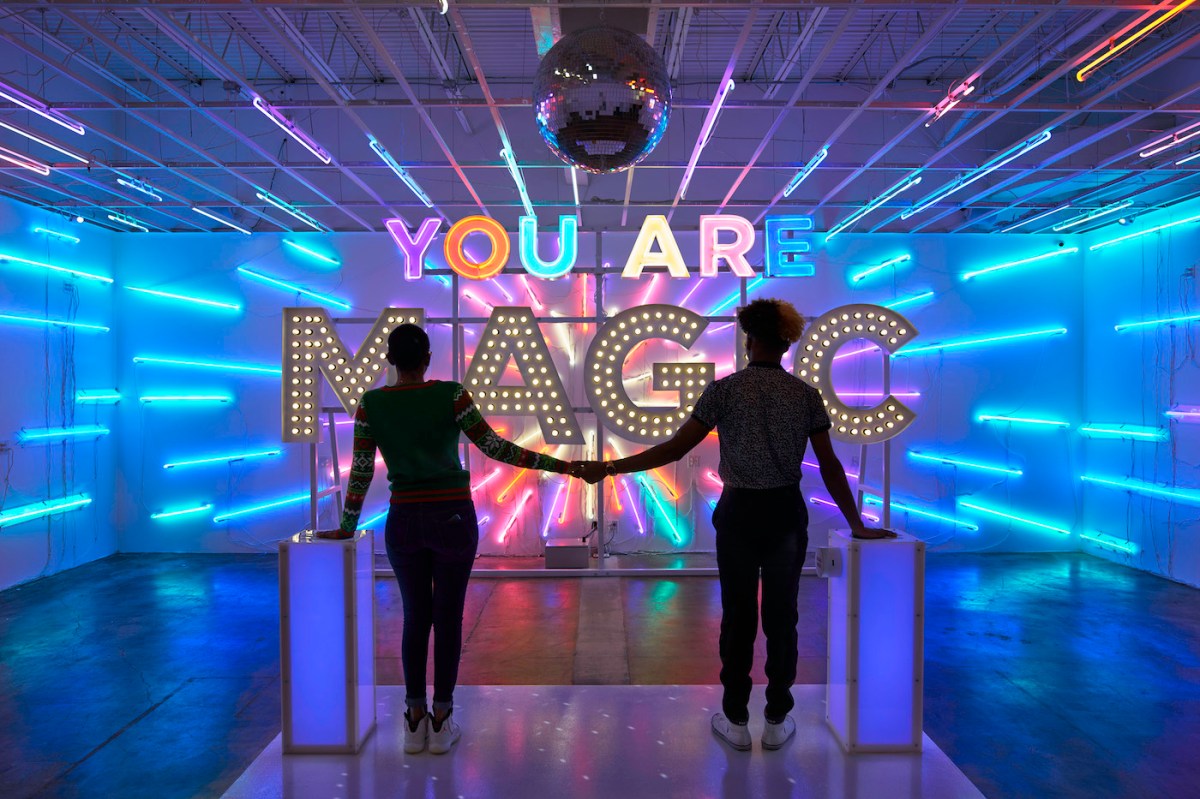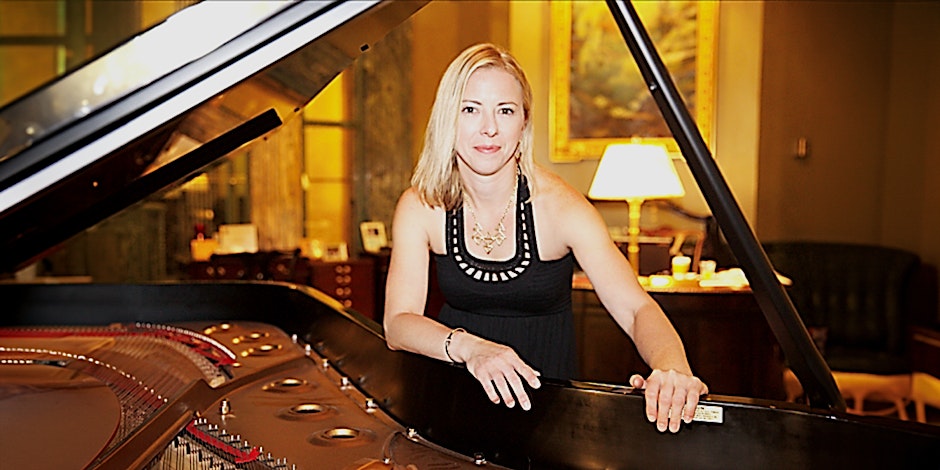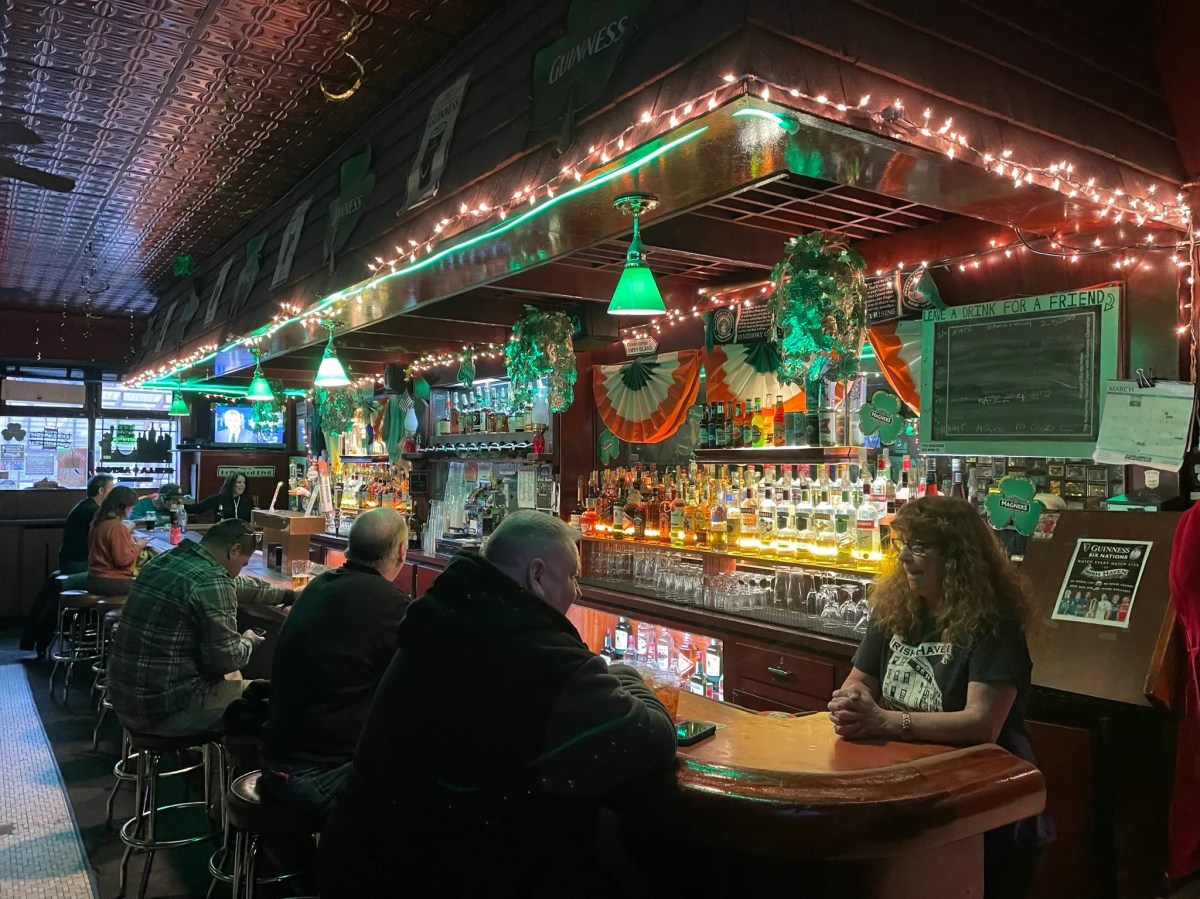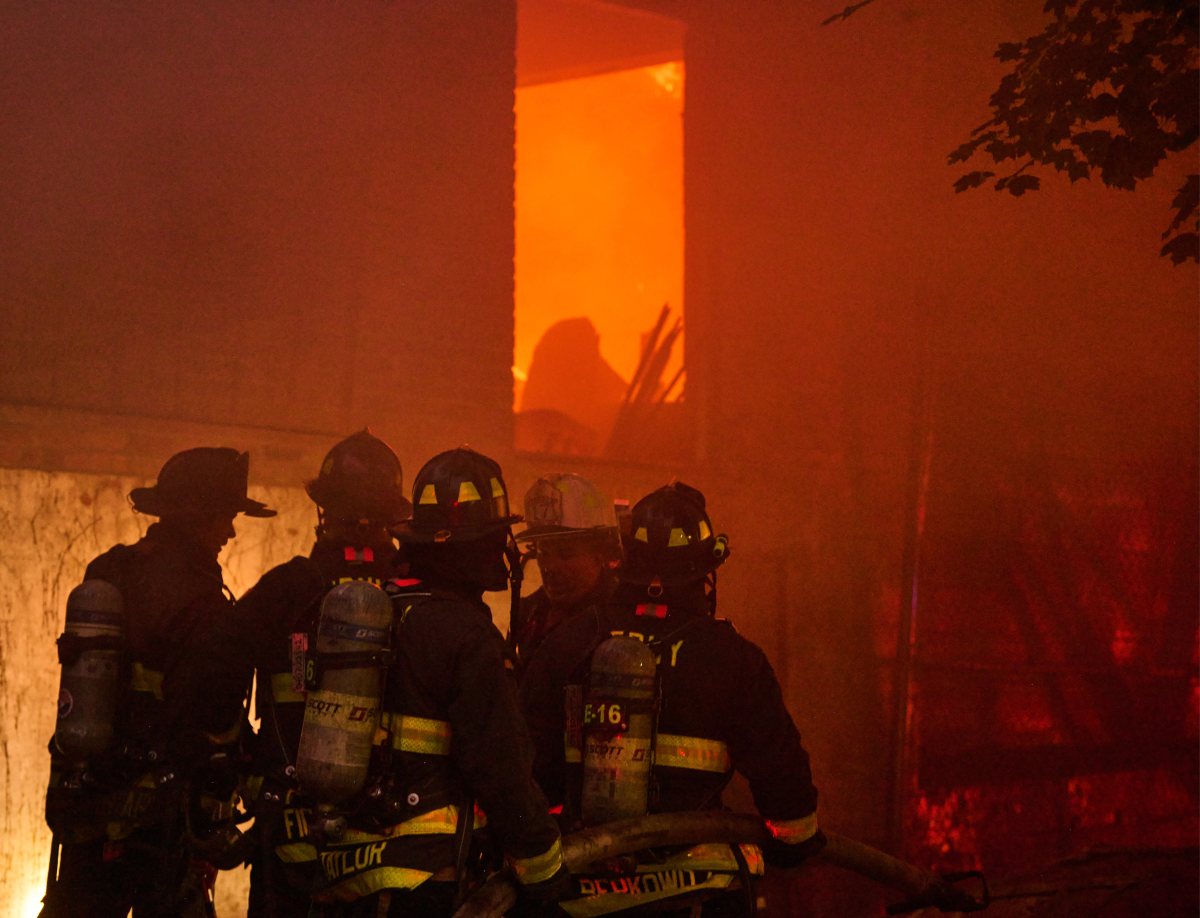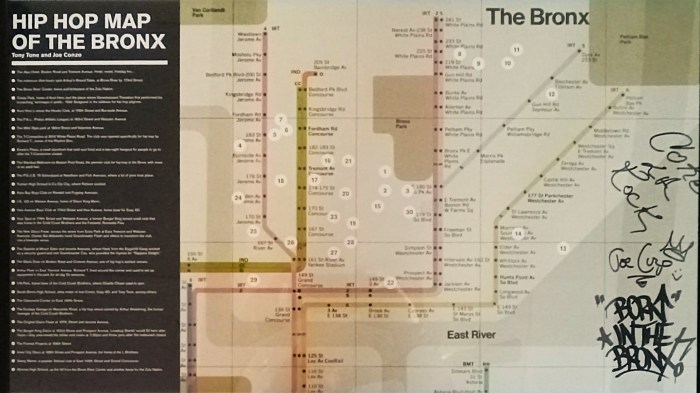
The Bay Ridge Model Railroad Club and its endangered, sizable and intricately detailed train set have found a new home. After an outpouring of support from surrounding communities and local press, and with a small, but growing online fundraiser, the nostalgia-laden treasure is set to be moved to The Trolley Museum of New York, 120 miles north in Kingston.
How exactly it will be transported, however, remains troublingly up in the air.
Since the landlord of 28 Marine Ave., where the train set has resided for decades, asked the four club members to vacate its basement headquarters for repairs to the building’s heat and hot water system, they’ve been scrambling for an accommodating space. Former club member Mark Wolodarsky, 37, stepped in to help, bringing a more digitally-savvy presence to the crisis. He launched a campaign on the internet fundraising platform GoFundMe, with hopes it will garner enough cash to preserve the predominantly handmade setup, which dates back to 1946.
“I would rather do this than see it in a dumpster out in the street,” Wolodarsky said.

As of Sunday evening, the campaign had raised just over $4,000, but remained well short of its $10,000 goal.
Wolodarsky also brought the plight of the Bay Ridge Model Railroad Club and their model landscape to the attention of his fellow board members at The Trolley Museum.
“I said, ‘Wow, we’ve gotta find a way to do something,’” said Eric Garces, the museum’s president.
Though the museum will have to alter its exhibitions’ layouts to make room for the displaced train set, Garces said, “Nobody objected; they all thought it was a great idea. … I don’t know if it’s gonna be in the exact same layout that it is now, but we’re planning on taking all of it and putting it all into good use.”
That process promises to be quite an undertaking. Wolodarsky believes the move’s cost could rise even above the $10,000 GoFundMe goal, partly because, he said, the train set “was built to be permanent, and it was never meant to come apart and go back together.” Wolodarsky also opined that swaths of the model, currently spread across a 30’ by 60’ space, can never be disassembled and then stacked. The trees, wood-enclosed bridges, lampposts, roads, and even an elevated train line like those found in parts of Brooklyn would be compromised.

“We’re gonna buy a couple of shipping containers that we’ll temporarily store it in until we get the space together,” Wolodarsky explained.
Moving all the model’s separated parts could take a series of trucks, or multiple trips to Kingston.
When asked how they might raise additional needed money if the GoFundMe campaign comes up short, club member Arthur Stensholt, 65, chuckled and said, “A car wash.”
But that might not be such a bad idea. The community could show up, considering for years the club has opened up the space for hundreds of enthusiastic local residents during the holiday season, decorating the room and the model set with special lighting. The members simply coaxed visitors in with a sign in front of the building, and relied on word-of-mouth to spread the news. As the trains — military-style, freight, passenger, and more — zipped across the four separate tracks in different directions, the children especially marveled.
“I used to love the look on their faces,” Stensholt said.

Such human interactivity will be retained once the train set is reassembled at The Trolley Museum, much to the delight of club members. Membership has dropped from more than 30 to just four in recent years, with some regulars relocating and others passing away. The current mini-crisis serves as a reminder that, as digital devices continue their assault on our daily lives, all things analog are evermore threatened — even a train set dating back to 1946 that has been beloved by generations of club members and Bay Ridge visitors.
“It’s past its time because everybody has a digital finger, and they don’t have any comprehension of what it takes to make something — and enjoy something,” said club member Hank Angermann, 74, a retired electrician, of the model.
Angermann said the existence of a tangible train set in his childhood home directly led to his career as an electrician.
“It’s part of my DNA,” Angermann said. “Way, way back in the ’50s,” the young Angermann set up the train set on a piece of plywood. “Then one year, my father and my grandfather bought me a signal … and they had no idea what it was, or what it was used for, but I opened it up, looked at the instructions, put it on the table, hooked it up. They were amazed.”
With his voice trailing off in contemplation, Garces added, “If we can get young people to reconnect with playing with their mind, and imagination, and putting their hands on their toys again …”
Then, looking at the track as trains glided above and below an underpass crafted some time ago, he said, “Culturally, it’s a touchstone to our past."
























